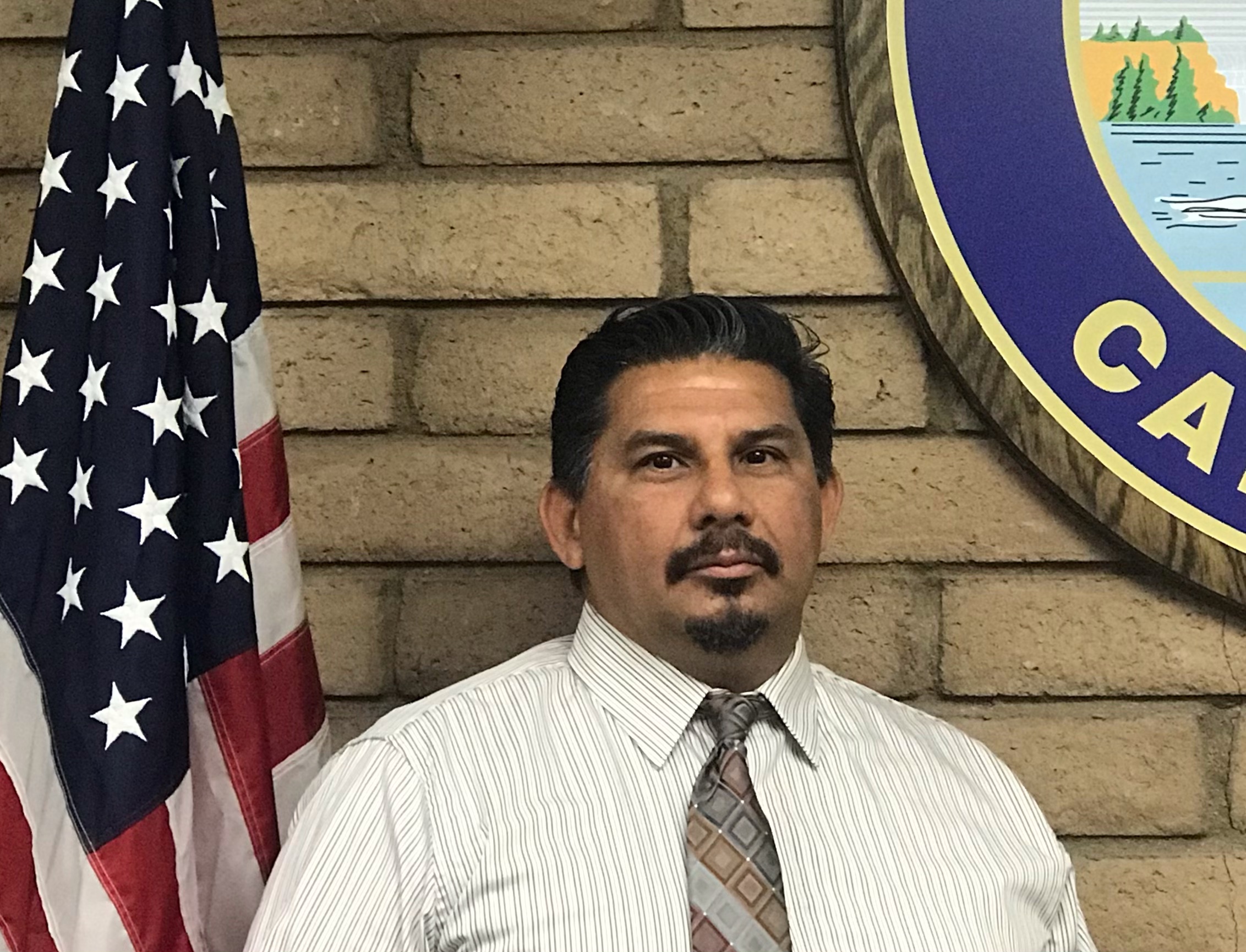

- #CALIFORNIA 399.11 PUBLIC UTILITIES CODE PLUS#
- #CALIFORNIA 399.11 PUBLIC UTILITIES CODE PROFESSIONAL#
Iowa and Texas, however, require specific amounts of renewable energy capacity rather than percentages and Kansas requires a percentage of peak demand.Įligible resources under an RPS vary state-by-state but often include wind, solar, biomass, geothermal and some hydroelectric facilities-depending on the size and vintage. In many states, standards are measured by the percentage of retail electric sales. State renewable portfolio standard policies vary widely on several elements including RPS targets, the entities they include, the resources eligible to meet requirements and cost caps. Virgin Islands, have goals of 50% or greater.
#CALIFORNIA 399.11 PUBLIC UTILITIES CODE PLUS#
An additional three states, plus the U.S. To date, 10 states, Washington, D.C., Puerto Rico, and Guam have set 100% clean or renewable portfolio requirements with deadlines ranging between 20. However, recent RPS legislation has seen a push toward 100% clean or renewable energy requirements. Most jurisdictions with a current or recently updated RPS have set targets of at least 40%. State Amendments to RPS/CES Legislation Since 2018 State Amendments to RPS/CES Legislation Since 2018 State On the other hand, seven states and one territory have allowed their RPS targets to expire an additional four states have RPS targets that expire in 2021. Since 2018, 15 states, two territories, and Washington, D.C., have passed legislation to increase or expand their renewable or clean energy targets. On one hand, many states with RPS targets are expanding or renewing those goals. Thirty states, Washington, D.C., and two territories have active renewable or clean energy requirements, while an additional three states and one territory have set voluntary renewable energy goals. RPS legislation has seen two opposing trends in recent years. Iowa was the first state to establish an RPS since then, more than half of states have established renewable energy targets. Most often, these are defined as any resource that is carbon-free or carbon-neutral. Following that date and benchmark, the remaining 40% of the CES can be met by any qualifying clean energy resource. As part of the CES, the state RPS was increased to require 60% of electricity must come from renewable sources by 2030. For example, California enacted its CES in 2018, which requires the state’s utilities to generate 100% clean electricity by 2045. In most cases, a CES policy will include an RPS as part of the requirement. Conversely, biomass, which is an eligible resource under many state RPS policies, is considered “renewable” despite producing carbon emissions. Some of those “clean” sources may not be considered “renewable.” For instance, under some CES policies, nuclear energy is considered a “clean” energy source because it is carbon-free it is not widely considered “renewable,” however. Clean energy typically refers to sources of energy that have zero carbon emissions. The difference between a RPS and a CES comes down to how a particular state defines what is a “renewable” versus a “clean” source of energy. There is now a distinction between a “Renewable Portfolio Standard” (RPS) and what some states have labeled as a “Clean Energy Standard” (CES). It’s worth noting that several states have expanded their policies to incorporate additional resources in recent years. renewable energy generation since the beginning of the 2000s can be attributed to state renewable energy requirements. These policies can play an integral role in state efforts to diversify their energy mix, promote economic development and reduce emissions. Renewable energy policies help drive the nation’s $64 billion market for wind, solar and other renewable energy sources. States have created these standards to diversify their energy resources, promote domestic energy production and encourage economic development. Renewable Portfolio Standards (RPS) require that a specified percentage of the electricity utilities sell comes from renewable resources.
#CALIFORNIA 399.11 PUBLIC UTILITIES CODE PROFESSIONAL#
E-Learning | Staff Professional Development.Research, Editorial, Legal and Committee Staff.Legislative Staff Coordinating Committee.Institute for International Cooperation.


 0 kommentar(er)
0 kommentar(er)
